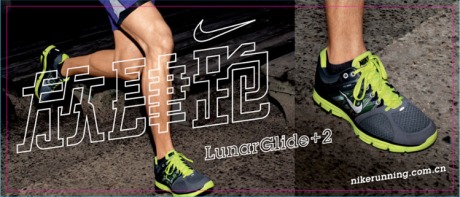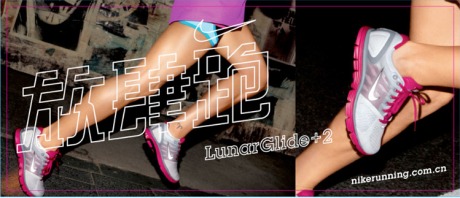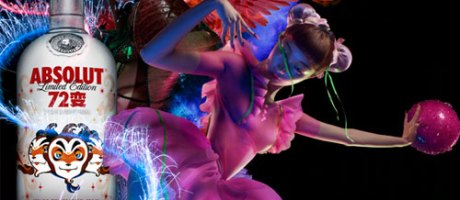Japan, Korea and other countries in Asia have been using foreign celebrities to promote their products for a number of years. Yet, a recent press release from the Associated Press stated that foreign celebrity endorsement will now become an integral part of Chinese brand strategies as they try to establish themselves in their domestic and international markets.
This turn of strategy is likely to have come about as Chinese consumers now find themselves bombarded with, much like their Western counterparts, advertising everyday. It is quite incredible considering that 20 years ago the Chinese advertising industry barely existed.
The country is developing rapidly in certain regions and this has been reflected in the nation’s advertising spend on TV, radio, newspapers and magazines which grew 14 percent last year to 597 billion RMB (around £5.4billion) – a truly colossal sum.
On my first visit to China I spent much of my time in Anhui Province (central China) and it was not until after a few months later that I visited Shanghai. I found the difference between Chinese people outside Shanghai and those living within the city was quite striking. The citizens of Shanghai are like ‘Westerners’; the way they walk, the clothes they wear, the food they eat, and the technology they use is so different to the majority of Chinese people living elsewhere.
A recent survey of 15,000 Chinese consumers by McKinsey & Co. found that Chinese consumers are now “extremely brand conscious.” They demand the same things that any other consumer living in a developed country would.
These demands have arisen quickly, but advertising in China is still catching up – many people forget that China is still a developing country. In the US and UK brands have to be extremely innovative now to break through the advertising smog, but in China advertising is still relatively new and celebrity (particularly foreign) endorsement strategies currently have much greater effectiveness than they would in the western hemisphere.
To that end here are some examples of celebrity endorsements in China to date:
David Beckham – Motorola Razr V8 (2007)

Orlando Bloom – Me & City (2010)

Wentworth Miller – Me & City (2009)

Lionel Messi – Cherry Automobiles (2010)
























 An explanatory presentation is available
An explanatory presentation is available 


























